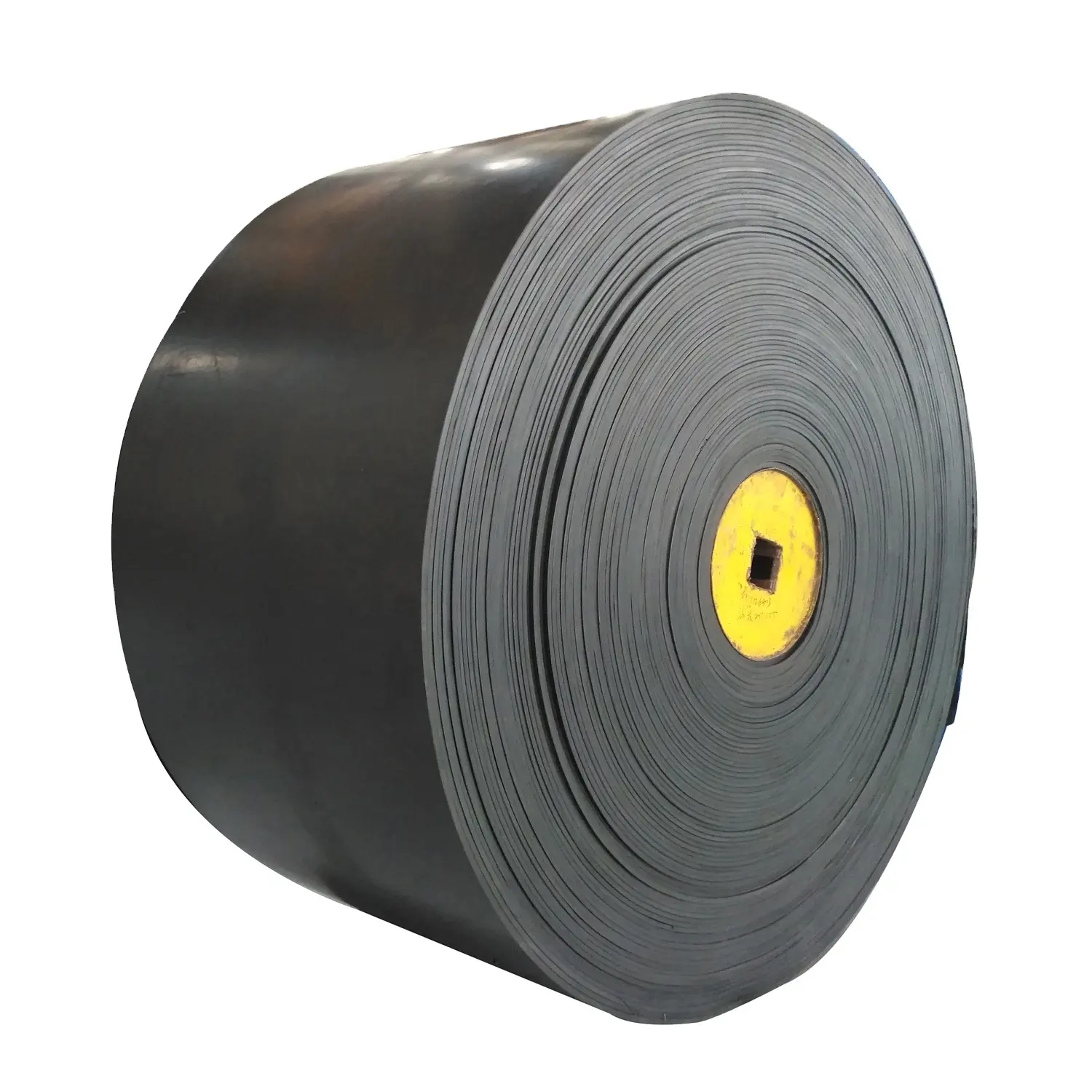Mining technology supplier Aplik has a predictive monitoring system for defects in mineral conveyor belts that can be key to guaranteeing operational continuity, containing costs and contributing to the decarbonization of processes.
BNamericas speaks with Jaime Bustamante, director of business development at Aplik, a company based in Chile with distributors in Peru and Bolivia, and projects in Argentina, Brazil and Ecuador. The firm has patented technologies for monitoring leach heaps, the traceability of electrowinning processes and belt wear, among others.
Its clients include copper miners Codelco, Antofagasta Minerals and BHP.
BNamericas: What does the technology consist of?
Bustamante: It’s a system patented in Chile that detects any damage or change in the surface of the conveyor belt, such as cuts or stoppages, since it is permanently measuring the thickness of the belt in real time and online, starting from 1mm onwards. The software also measures the pollution areas generated by wear, something very relevant for mining companies.
With artificial vision, through cameras, information is captured and the algorithm takes these images and processes them in milliseconds. This alerts operations and maintenance areas in advance of any superficial changes in the belt so they can make timely decisions and ensure operational continuity.
A belt change due to an undetected catastrophic event can generate costs of around US$800,000 and delay the operation by between 15 and 20 hours on average.
BNamericas: How is the information presented?
Bustamante: It has two subsystems, one that detects if there is a cut in the belt, and another that measures wear and captures any type of change, whether due to damage or need for repair.
The information, provided through a dashboard or comprehensive control panel that acts as a traffic light, allows the company to analyze the behavior of the splices, the wear of the belt surface and the level of damage, and take action.
BNamericas: Which mining companies in Chile are applying the software?
Bustamante: At the end of May, a system will be launched in the Andina division of Codelco and another will come into operation at Minera Centinela of Antofagasta Minerals. We have had success stories before at BHP Spence.
At BHP we started five years ago, allowing them to look for and detect cuts, and increase the useful life of the asset. We have also carried out pilot projects for copper byproducts and gold mining and we have received interest from the lithium sector. The system is applicable to all types of conveyor belts.
BNamericas: How is information related to the belts protected?
Bustamante: The information is from the client through our software and algorithm. Before starting a project, with the company we define the cybersecurity criteria, the safeguards and the action policies against a cyberattack. We stand by confidentiality and compliance with these standards.
BNamericas: What attributes are part of Aplik’s business model?
Bustamante: First we analyze with the customer if wear or cuts are really a threat to the operation. Generally, we conduct a demo test for a short period to collect information and make our value proposal, considering capex and opex aspects.
BNamericas: How is the competition in the market for these types of solutions?
Bustamante: There are trends in mining 4.0 but our solution is patented, which gives us an advantage, but also the tremendous challenge of meeting customer expectations.
BNamericas: What benefits does the technology provide in terms of carbon or water footprint?
Bustamante: When there is damage to the belt or a change is required due to catastrophic damage, there are costs. For every ton of rubber that is recycled or its use avoided, the impact is equivalent to 3.5 tons of CO2 and at least 5m3 of water.
If there is a cut in a medium-sized belt that uses 20t of rubber, the material generally goes to collection sites that are often improvised. The 20t of rubber represents 1,215m3 of water in terms of reducing the water footprint, the same as providing water for 98,000 people.
Furthermore, those 20t of rubber are equivalent to 73t of CO2, which is the same as removing 1,960 vehicles from the roads. That’s why it’s very important to increase the useful life of the belts.
BNamericas: How do you see the interest of Chilean mining companies in investing in this type of technology?
Bustamante: We have a delay, but several are developing pilot projects to analyze, including disruptive technologies that are essential to improve production and take care of the most important asset, which is people.
We have to catch up on investments, adapt business models and advance hand in hand with advanced technology, such as automation, digital twins, operational intelligence and wireless monitoring.
BNamericas: What are the main technological challenges in mining?
Bustamante: There is a constant challenge in terms of automation, robotics, professional modeling of mechanics and electronic metallurgy, among others. There is a great need to do smarter mining.
Subscribe to the leading business intelligence platform in Latin America with different tools for Providers, Contractors, Operators, Government, Legal, Financial and Insurance industries.
The advance to new areas includes the expansion of its wireless and totally symmetrical bandwidth, aiming to have 20Gbps antennas, also guaranteein…
The Brazilian unicorn continues to invest in online retail in Latin America and reaches the fifth country in the region, where it intends to impact…
Subscribe to Latin America’s most trusted business intelligence platform.
Get critical information about thousands of ICT projects in Latin America: what stages they’re in, capex, related companies, contacts and more.
Related posts
- Conveyor Belt Fabric11 product
- Rubber Conveyor Belt33 products
- PVC/PU Conveyor belt11 product
- Transmission belt22 products
- V-Belt11 product
- Timing belt11 product
- Conveyor System99 products
- Roller / Idler1010 products
- Pulley22 products
- Belt Fastener44 products
- Vulcanization Splicing / Repair11 product



